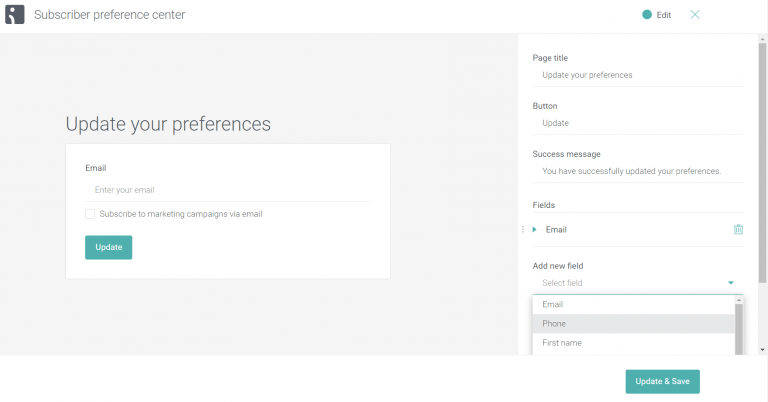

You’ll notice bulk verifications was the first thing we mentioned in this post on our list of what you need to keep your list clean. This not only helps with engagement but reduces your bounce rate and increases your sender reputation.
#Clean email lists verification#
Bulk verification capabilitiesīulk verification features look for fake emails and addresses with known spam complaints as well as checking syntax. When it comes to selecting a tool there are three key things to look for. We’ve talked about what you need to keep your list clean.

Email list cleaning services: 3 tested methods to scrub your email list Use Mailgun’s Email Verification tool for bulk cleaning and list scrubbing to target invalid or spam email addresses from being added to your list at point of signup. When used in tandem with practices like double opt-in, validation at sign-up is an easy way to implement list cleaning practices. Using an email validation service to check the accuracy of emails entered at sign-up allows incoming addresses to be checked for common mistakes and prevents invalid addresses from being added to your list in the first place. If you don’t catch them, invalid addresses can send you on a path of being blocklisted or snagged by spam traps. Validating addresses as they are captured is the quickest way to ensure clean email list building and a clean sender reputation. You want to ensure the email addresses you collect were obtained with clear and well-documented consent. Double opt-in is a validation step that requires users to confirm they want to be added to your email list via a confirmation link sent to their submitted email address.ĭouble opt-in practices have become an industry standard, especially now in the age of rapidly emerging data privacy laws. There’s no better way to ensure your recipient’s interest in your email communications than double opt-in. Engagement counts toward your overall sender reputation, so if recipients are not reading your emails, that will negative impact your overall deliverability. Inbox providers also care if your recipients are interacting with your messages in a positive way by opening them and clicking through to your links. Why do you need a sunset policy from a deliverability perspective? Well, it’s not enough for your recipients not to mark your emails as spam. When used with a reactivation strategy, sunset policies help curate a list of only engaged users. Automate cleaning with sunset policiesĪ sunset policy is a plan to clean unresponsive or disengaged recipients from your email list by regularly reviewing your engagement metrics. Before you remove an inactive address from your list forever, implement the practice of segmenting non-engagers and focus on encouraging new interaction with targeted campaigns and messaging. Reactivation (or re-engagement campaigns) are a last stitch effort before scrubbing these emails from your list. Identify non-engagers with reactivation campaignsīefore you delete unengaged users, create a strategy to try and keep them.

In most tools, there is a capability to import addresses and generate a CSV or JSON file that can be sorted, analyzed, and optimized.īulk verification tools use this functionality to allow businesses to scrub their lists according to parameters like looking for typos (think gnail vs gamil) and validating domains.

The idea of bulk management isn't hard to wrap your brain around. Scrub your email list with bulk verifications Here are some practices to make things easier. After all, 23% of email addresses change within a year, if your list is large that’s a lot of fluctuation to keep track of. The best way to keep your email list clean is to implement best practices as your list grows. Sending with a clean email list supports your ROI by ensuring messages are sent to legitimate recipients. ESPs charge based on the number of emails sent.


 0 kommentar(er)
0 kommentar(er)
